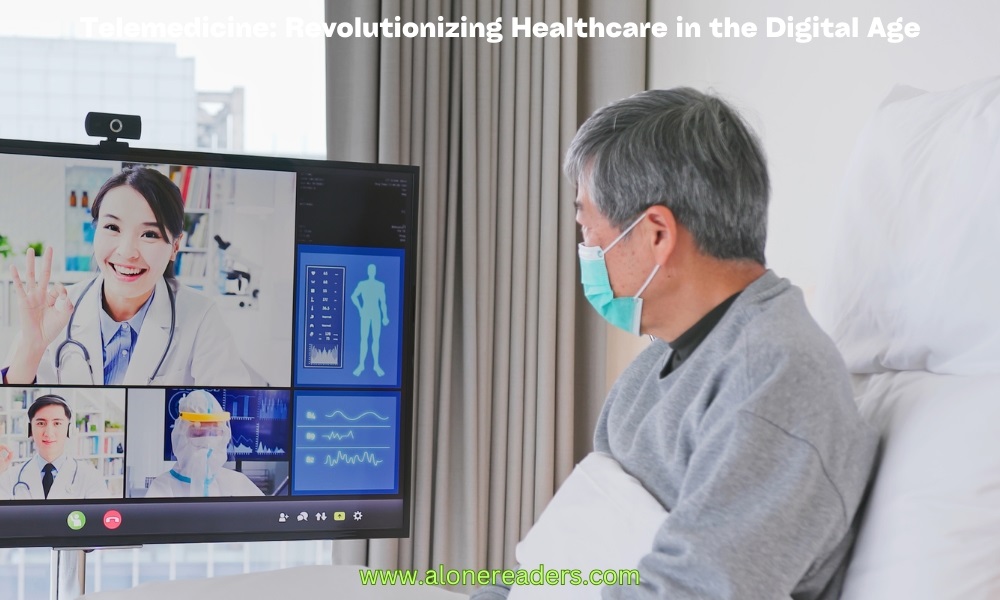
The landscape of healthcare is undergoing a significant transformation, spurred by advancements in technology and changing patient needs. At the forefront of this revolution is telemedicine, a method of delivering healthcare remotely, using digital technology. This article explores the current state and future trajectory of telemedicine, highlighting its potential to reshape healthcare delivery.
Telemedicine, in its simplest form, involves the use of electronic communication and software to provide clinical services to patients without an in-person visit. This concept isn't new; it has been around for decades, primarily used in rural areas to connect patients with specialists in urban centers. However, recent technological advancements and the global shift towards digital solutions have catapulted telemedicine into a new era of growth and innovation.
The COVID-19 pandemic was a turning point for telemedicine. With lockdowns and social distancing measures in place, traditional face-to-face consultations became challenging, if not impossible. This situation necessitated a swift pivot to remote healthcare, demonstrating telemedicine's potential as a viable and effective alternative to in-person consultations. Doctors and patients alike quickly adapted to video calls, mobile health apps, and other telemedicine tools, finding that many aspects of healthcare could be efficiently managed remotely.
Looking to the future, telemedicine is expected to expand beyond simple virtual consultations. The integration of artificial intelligence (AI) and machine learning (ML) is poised to significantly enhance the capabilities of telemedicine. AI can assist in diagnosing diseases, predicting patient outcomes, and personalizing treatment plans. Additionally, ML algorithms can analyze vast amounts of medical data to uncover trends and insights that can improve patient care.
Another aspect of the future of telemedicine is the proliferation of wearable health technology. Devices like smartwatches, fitness trackers, and health monitors are becoming increasingly sophisticated, capable of tracking a wide range of health metrics such as heart rate, blood pressure, and glucose levels. These devices can transmit real-time health data to healthcare providers, enabling continuous monitoring and early intervention in case of anomalies.
Telemedicine is also expanding its reach to include mental health services. Teletherapy has emerged as a popular and effective way to provide psychological support and counseling remotely. This approach has made mental health services more accessible to people who might otherwise face barriers to accessing care, such as those living in remote areas or with mobility issues.
Remote patient monitoring (RPM) is another area of telemedicine that is expected to see significant growth. RPM involves the use of digital technologies to monitor and capture medical and other health data from patients in one location, which is then electronically transmitted to healthcare providers in a different location for assessment and recommendations. This method is particularly beneficial for managing chronic conditions such as diabetes, heart disease, and respiratory disorders.
Interoperability and data security are key concerns that are being addressed to ensure the future success of telemedicine. As healthcare providers use different systems and software, the ability for these systems to work together seamlessly is crucial for the efficient exchange of patient information. Additionally, with the increasing amount of personal health data being transmitted electronically, robust data security measures are essential to protect patient privacy and prevent data breaches.
The regulatory landscape for telemedicine is also evolving. Governments and healthcare authorities are working to establish regulations and standards to govern telemedicine practices. These regulations are aimed at ensuring the quality and safety of telemedicine services while also addressing issues such as licensing, reimbursement, and patient rights.
In conclusion, the future of telemedicine is bright and promising. It is set to play a pivotal role in making healthcare more accessible, efficient, and personalized. As technology continues to advance, the scope of telemedicine will expand, offering new and innovative ways to provide healthcare services. While challenges remain, the ongoing efforts of healthcare providers, technologists, and policymakers are paving the way for a more connected and digital-centric healthcare system, bringing quality healthcare to the fingertips of patients worldwide.